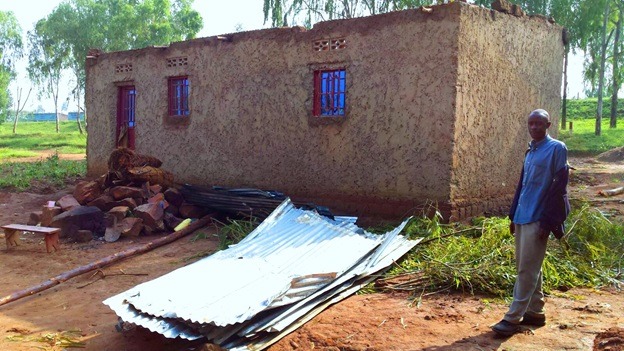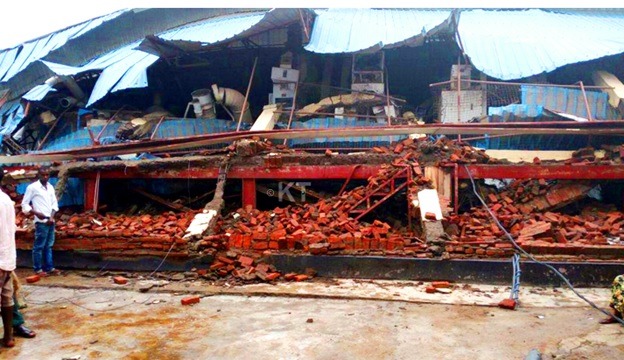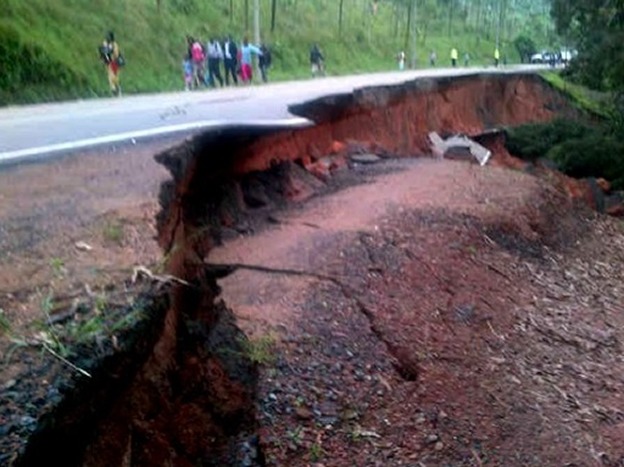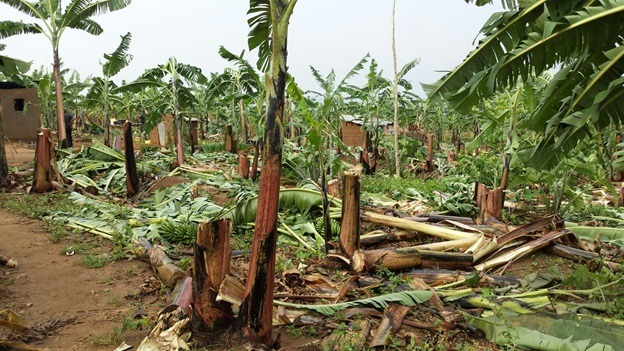A combined assault by disasters against Rwanda could cost the country a massive Rwf100 billion ($132 million) loss bigger than the budget allocated to the agriculture sector.
Rwanda suffers five major hazards including; drought, landslides, floods, earthquake and windstorms.
The national risk atlas released last year estimates that these hazards, if they all occur, can inflict a combined economic loss of $132,232,970 compared to $120 million government allocated to agriculture sector in the 2014/2015 budget.
According to the Ministry of Disaster Management and Refugee Affairs (MIDMAR), hazards in Rwanda cause significant damages including; loss of lives, displacement of people and damaging of infrastructure, crops and environmental degradation.
Windstorms can damage houses and cause an estimated loss of Rwf1.6 billion, the Atlas says.
Landslides have potential to inflict Rwf66.4 billion in damages to paved roads and other infrastructure.
On May 4, 2013, a section of the highway road at Gashenyi Sector in Gakenke district was sliced off by landslide. This affected transport between Kigali and Musanze District.
Earthquakes of magnitude 7 can also cause economic losses of up to Rwf21.6 billion from damaging infrastructure especially in highland areas.
Experts also estimate that drought has the potential of scotching crops both in season A and B to causing loses estimated at Rwf8.8 billion .
Nyagatare district officials said in 2010, more than 4,000 hectares of maize were destroyed in a prolonged drought, causing the ministry of agriculture to establish a Rwf5billion irrigation facility to counter the drought in the area.
“This is a modern way of irrigating crops…with the system, farmers can freely expect their total harvests without worries of climate changes,” said Grace Mukarusagara, an agriculture engineer at the facility.
However, climate-induced floods, hazard is one of the top disasters which have constrained Rwanda in the past two decades and have affected over 60,000 people.
Floods also affect 80% of the world’s population.
In Rwanda, between 2002-2012, floods alone have affected 57,220 people killing 95, destroying 1490 homes and washing away 934 hectares of land.
From April 3, 2015, heavy rains with floods hit Nyamasheke and Rubavu districts affecting 3,588 persons. Two people died and six severely injured coupled with destruction of 206 hectares of crops.
For example, the government says every year it needs Frw13,016,534,800 ($17,447,204) to plan for emergency management of shocks arising from landslides and floods.
The Minister of MIDMAR, Séraphine Mukantabana, says the funds, “Would help reduce the scale of humanitarian needs to the affected population.”
She adds that the budget would support the timely, consistent and coordinated response to anticipated floods and landslides and minimising their impact on human population, livelihoods, lifelines, properties and the environment.
According to a survey conducted by Rwanda’s Institute for Policy Analysis and Research, around 60% of the businesses had been affected by floods since 2013 to 2015.
Small and medium size enterprises provide 84% of private sector employment in Rwanda’s economy but are vulnerable to shocks brought about from extreme weather events.
Floods regularly hit Nyabugogo a downtown part of Kigali city that hosts several small businesses selling goods ranging from construction material, furniture and food.
“Climate change is not going away”, Dr. Rose Mukankomeje Director General Rwanda Environment Management Authority said while introducing the 2015 Report of the Baseline Climate Change Vulnerability Index study.
Dr. Aime Tsinda and Christian Kind of Climate and Development Knowledge Network say that despite low emissions, Rwanda has experienced a temperature increase of 1.4°C since 1970, higher than the global average, and can expect an increase in temperature of up to 2.5°C by 2050.
This rise in temperature will cause a 20% increase in Rwanda’s annual temperature by 2050 and 30% by 2080.
On January 26, 2016, a rice factory at Bugarama sector in Rusizi district was washed down after two days of heavy down pour; 14 other houses and crops were also destroyed in the process.
According to MIDMAR, Rwanda’s most vulnerable areas prone to landslides and floods are located in the NorthWestern parts namely Nyabihu, Ngororero, Rubavu, and Musanze, Burera, Gakenke and many others.

Man ponders next move after rain destroyed his house at Musenyi in Karangazi sector, Nyagatare district




